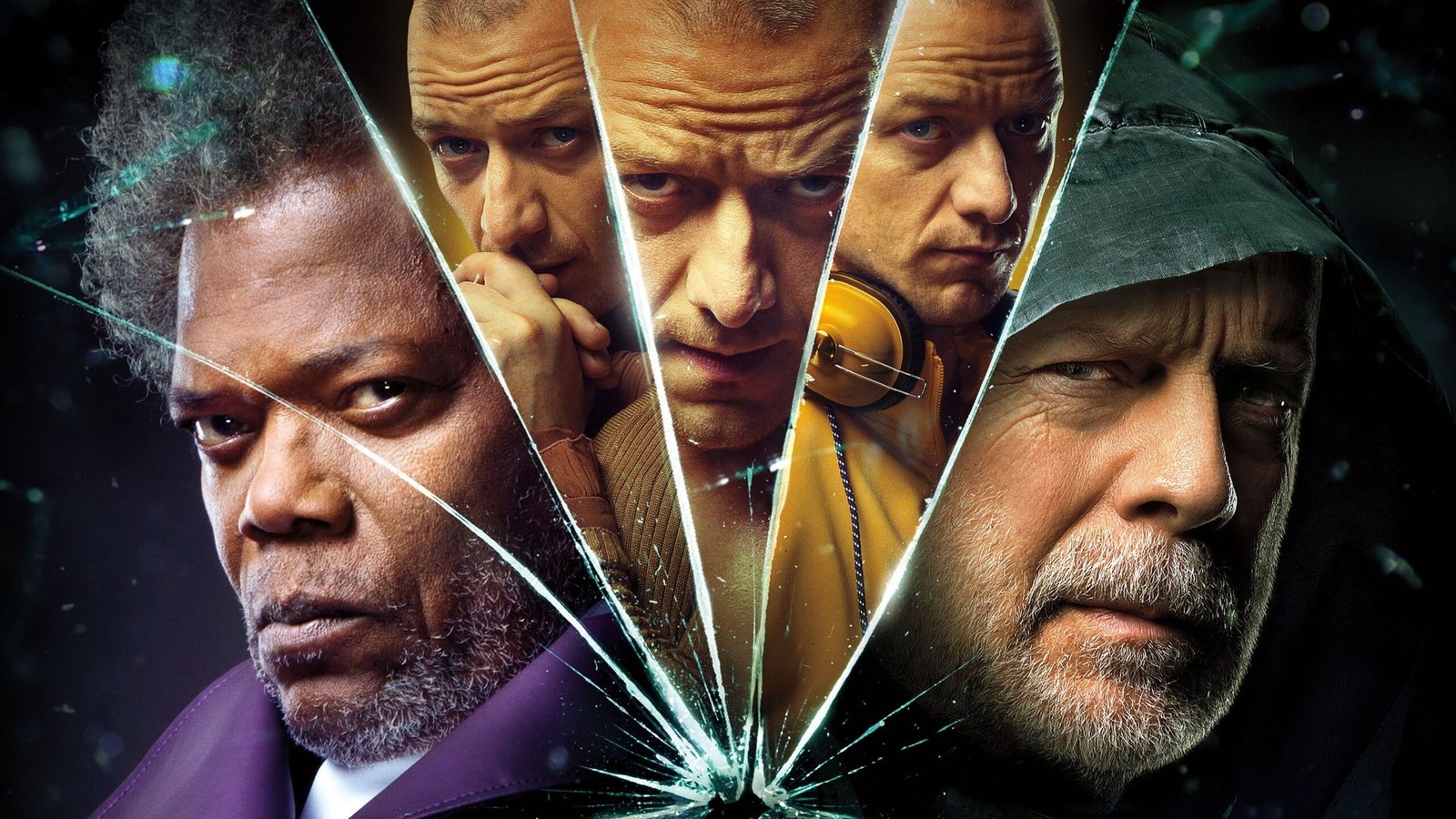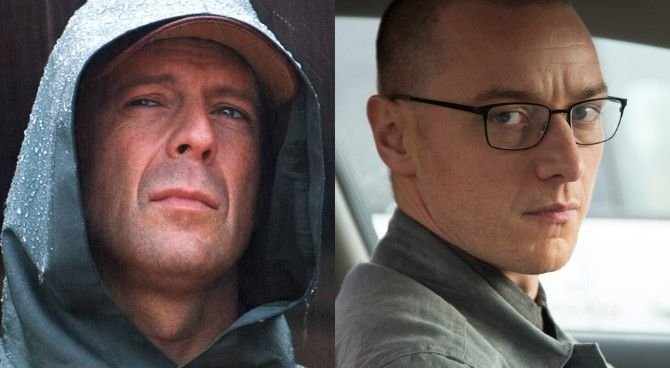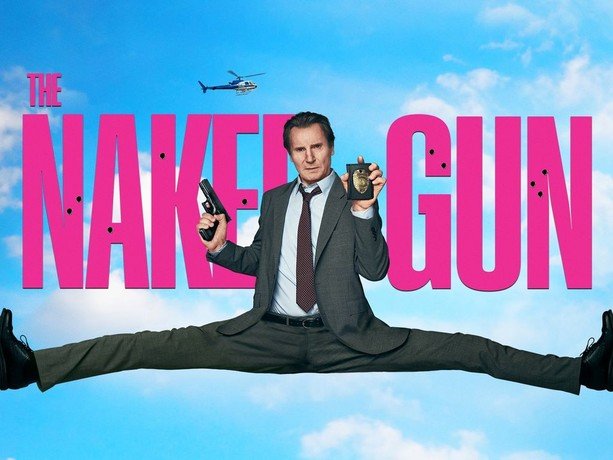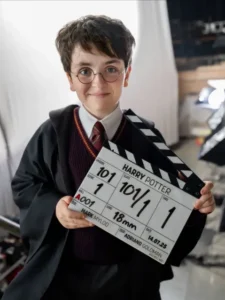
Glass (2019): M. Night Shyamalan’s Bold Trilogy Finale
In the world of cinema, few directors have captivated audiences with their unique storytelling abilities quite like M. Night Shyamalan. Known for his masterful use of plot twists and his ability to blend the extraordinary with the mundane, Shyamalan has carved out a distinct niche for himself in the industry. With the release of Glass, the director has completed a trilogy that began with the groundbreaking Unbreakable in 2000 and continued with the surprise hit Split in 2016.
As a devoted fan of Shyamalan’s work, I was eagerly anticipating the conclusion to this captivating superhero saga. Having recently watched the film, I can confidently say that Glass is a worthy and thought-provoking addition to the director’s filmography. In this in-depth blog post, I will delve into the various aspects of the film, exploring its themes, characters, and the way it ties together the narrative threads established in the previous two installments.
Revisiting the Origins: Unbreakable and Split

Before we dive into the events of Glass, it’s important to revisit the foundations laid by the preceding films in the trilogy. Unbreakable, released in 2000, introduced us to the characters of David Dunn (Bruce Willis) and Elijah Price, also known as Mr. Glass (Samuel L. Jackson). The film explored the concept of ordinary people possessing extraordinary abilities, with Dunn emerging as a reluctant superhero and Price as his enigmatic counterpart.
Years later, Split surprised audiences by revealing that it was set within the same universe as Unbreakable. The film centered around the character of Kevin Wendell Crumb (James McAvoy), a man with dissociative identity disorder who harbors a powerful and dangerous alter ego known as “The Beast.” The events of Split set the stage for the final chapter in this captivating saga.
Bringing the Trilogy Together: The Plot of Glass
In Glass, Shyamalan masterfully weaves together the narratives of the previous two films, creating a cohesive and compelling conclusion to the trilogy. The story picks up with David Dunn, now operating as a vigilante known as “The Overseer,” tracking down and confronting the various personas of Kevin Wendell Crumb, including the formidable “The Beast.”
However, their confrontation is interrupted by the arrival of a mysterious woman named Dr. Ellie Staple (Sarah Paulson), a psychiatrist who specializes in treating individuals who believe they possess superhuman abilities. Staple’s mission is to convince Dunn, Crumb, and the incarcerated Elijah Price that their perceived powers are nothing more than delusions, and that they are, in fact, ordinary people.
As the three men are held captive in a psychiatric facility, the film delves deeper into the themes of identity, the nature of heroism, and the fine line between reality and fantasy. Shyamalan masterfully weaves these elements together, challenging the audience’s preconceptions and forcing them to question the very nature of the characters’ abilities.
Exploring the Themes of Glass
One of the standout aspects of Glass is its exploration of complex themes that go beyond the typical superhero narrative. Shyamalan’s script delves into the concept of identity, both individual and societal, and how it shapes our perception of reality.
The Struggle for Identity
The film’s central characters – Dunn, Crumb, and Price – are all grappling with their own sense of identity, questioning whether their perceived abilities are real or simply delusions.
Crumb’s dissociative identity disorder is a central focus, as the film delves into the complexities of his various personas and the struggle to reconcile his fragmented self.
Dunn, the reluctant hero, must confront his own doubts and insecurities as he is forced to confront the possibility that his powers may not be as extraordinary as he believed.
Price, the self-proclaimed “villain” of the story, grapples with his own sense of purpose and the desire to prove the existence of the extraordinary in a world that seeks to dismiss it.
The Obsession with Superheroes
Shyamalan’s script also explores the current cultural obsession with superheroes, particularly in the context of comic book adaptations and the Marvel Cinematic Universe.
The character of Dr. Staple represents the skepticism and dismissal of the extraordinary, as she seeks to rationalize the characters’ perceived abilities and convince them that they are merely delusional.
The film’s setting within a psychiatric facility adds an intriguing layer, as the characters are forced to confront the possibility that their heroic identities may be nothing more than a figment of their imagination.
Shyamalan’s commentary on the superhero genre is both thought-provoking and subversive, challenging the audience’s preconceptions and expectations.
The Nature of Reality and Heroism
At the heart of Glass is a exploration of the line between reality and fantasy, and the nature of heroism itself.
The film questions whether the characters’ perceived abilities are genuine or simply a manifestation of their own desires and delusions.
Shyamalan’s script delves into the idea of what it means to be a hero, challenging the traditional notions of heroism and exploring the complexities of the characters’ motivations.
The film’s climactic moments force the audience to confront their own preconceptions about the nature of reality and the true meaning of heroism.
The Performances: Bringing the Characters to Life
One of the key strengths of Glass is the exceptional performances delivered by the cast. Each actor brings their respective character to life with nuance and depth, elevating the film’s thematic exploration.
James McAvoy as Kevin Wendell Crumb/The Beast
James McAvoy’s tour-de-force performance as the troubled Kevin Wendell Crumb and his various alter egos is undoubtedly a highlight of the film. The actor seamlessly transitions between the distinct personalities, each with their own unique mannerisms, vocal patterns, and physical characteristics. McAvoy’s ability to convey the internal struggle and fragmentation of Crumb’s identity is nothing short of mesmerizing, cementing his status as one of the most versatile and talented actors of his generation.
Bruce Willis as David Dunn
Bruce Willis reprises his role as David Dunn, the reluctant superhero from Unbreakable. Willis brings a quiet intensity and stoicism to the character, capturing Dunn’s sense of purpose and his growing doubts about the nature of his abilities. The actor’s performance is a masterclass in subtlety, allowing the character’s internal conflicts to simmer beneath the surface.
Samuel L. Jackson as Elijah Price/Mr. Glass
Samuel L. Jackson’s portrayal of Elijah Price, also known as Mr. Glass, is a standout in the film. The actor effortlessly transitions between the character’s calculated, manipulative nature and his underlying vulnerability. Jackson’s performance is a delicate balance of menace and pathos, as he navigates the complexities of Price’s role within the larger narrative.
Sarah Paulson as Dr. Ellie Staple
Sarah Paulson delivers a compelling performance as Dr. Ellie Staple, the psychiatrist tasked with convincing the characters that their perceived abilities are nothing more than delusions. Paulson’s portrayal of Staple is nuanced and multilayered, as she navigates the character’s own biases and preconceptions while engaging in a battle of wits with the film’s protagonists.
The Cinematic Execution: Shyamalan’s Signature Style
As with his previous works, Shyamalan’s directorial style is a crucial component of the success of Glass The filmmaker’s signature approach to storytelling, cinematography, and pacing is on full display, elevating the film’s thematic exploration and keeping the audience engaged throughout.
Cinematography and Visuals
Shyamalan’s use of framing and camera angles is particularly noteworthy, often emphasizing the characters’ internal struggles and the sense of confinement within the psychiatric facility.
The film’s color palette is muted and subdued, reflecting the somber and introspective nature of the narrative.
The visual effects, particularly in the depiction of the characters’ abilities, are seamlessly integrated, never overshadowing the story or the performances.
Pacing and Tension
Shyamalan’s masterful control of pacing is evident throughout Glass, as he skillfully builds tension and suspense, leading the audience on a captivating journey.
The film’s deliberate pacing allows for moments of contemplation and character development, never rushing the narrative or sacrificing the thematic depth.
The director’s use of subtle, unexpected twists and revelations keeps the audience on the edge of their seats, constantly questioning the nature of reality and the characters’ true identities.
Thematic Cohesion
Shyamalan’s ability to weave together the thematic threads established in Unbreakable and Split is a testament to his storytelling prowess.
The film seamlessly integrates the narratives of the previous installments, creating a cohesive and satisfying conclusion to the trilogy.
Shyamalan’s exploration of identity, heroism, and the nature of reality is woven throughout the film, creating a rich and multilayered viewing experience.
A Thought-Provoking Finale
In Glass, M. Night Shyamalan has crafted a thought-provoking and captivating conclusion to his superhero trilogy. By delving into the complexities of identity, the obsession with superheroes, and the nature of reality, the director has created a film that challenges the audience’s preconceptions and leaves a lasting impact.
The exceptional performances, Shyamalan’s signature directorial style, and the film’s thematic depth all contribute to making Glass a must-see for fans of the director’s work and anyone interested in a unique and subversive take on the superhero genre. As the curtain falls on this captivating saga, Shyamalan has once again proven his ability to craft thought-provoking and engaging cinematic experiences that linger in the mind long after the credits have rolled.













Publicar comentário